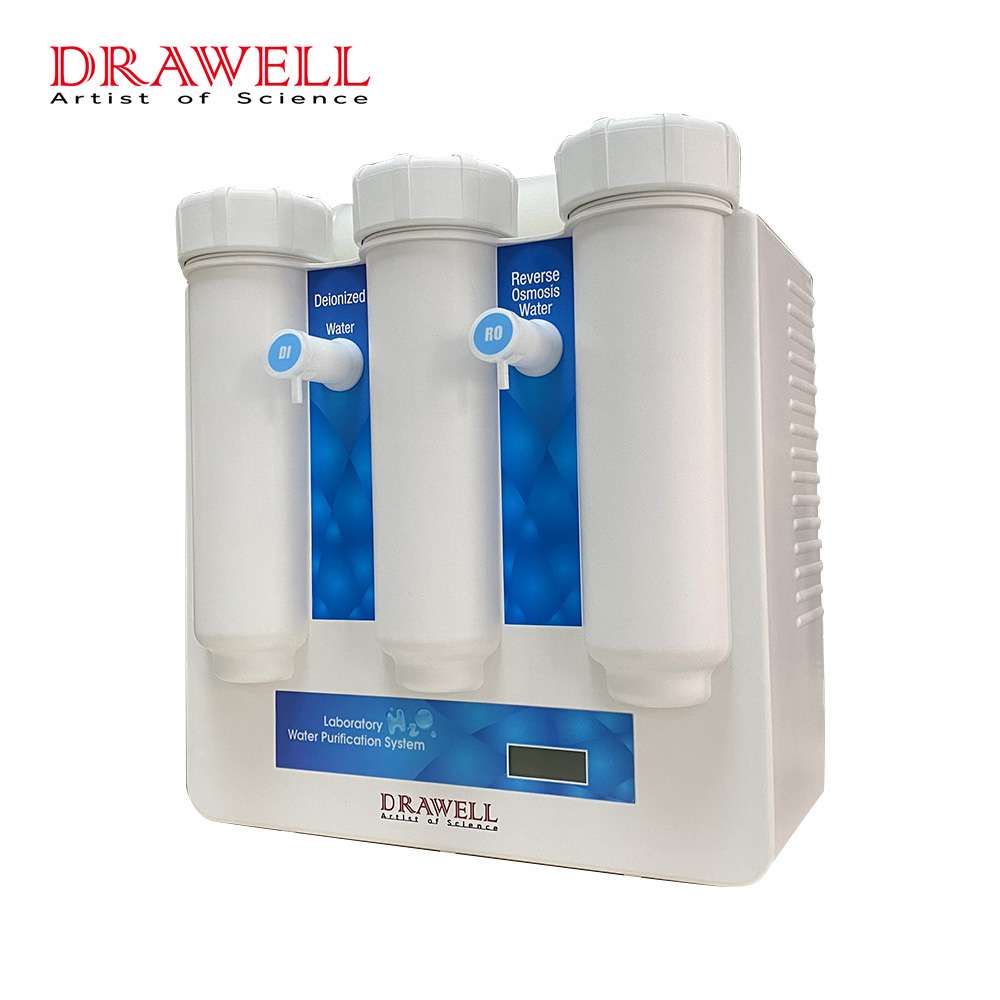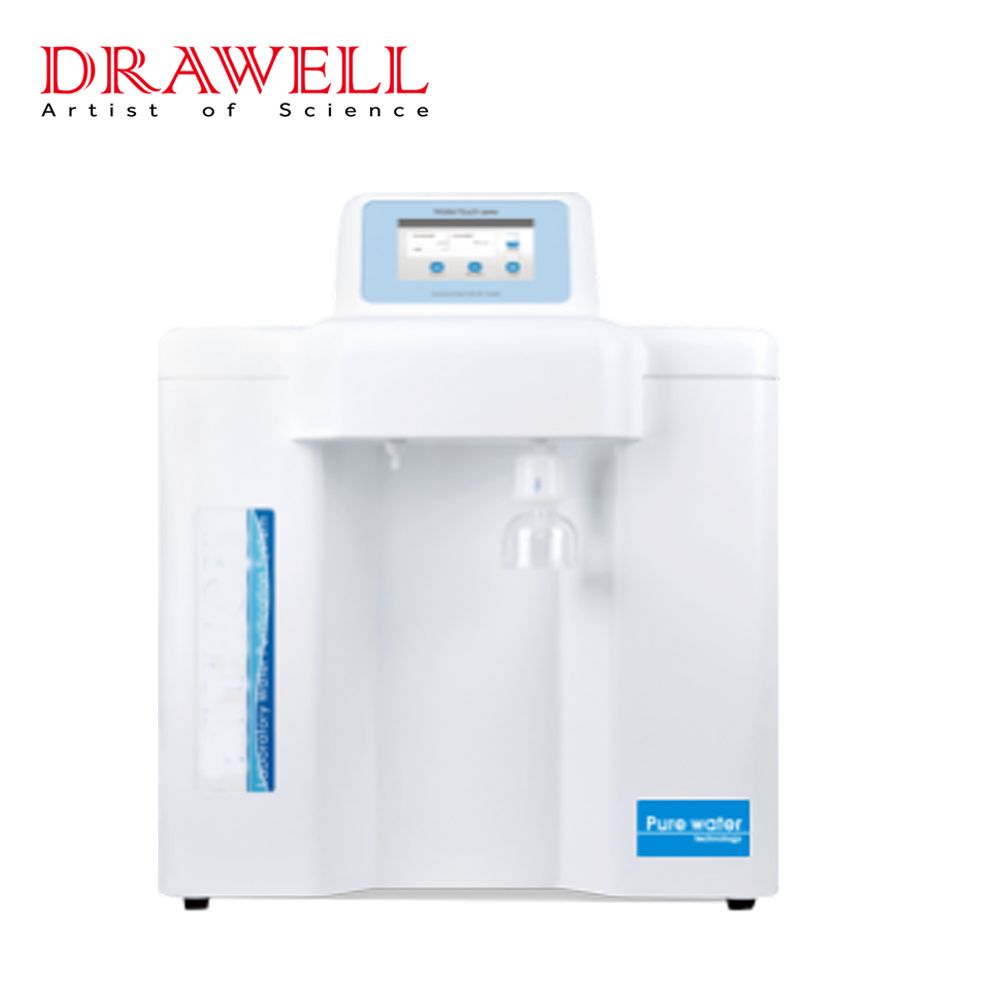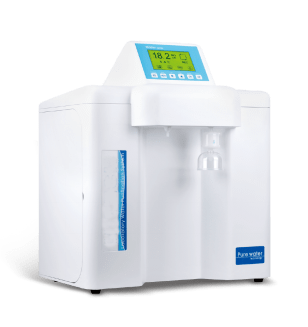Water is a fundamental resource in laboratories, critical for numerous research and experimental applications. However, the presence of impurities, contaminants, and various substances can adversely impact the accuracy and reliability of scientific outcomes. Laboratory water purification systems are designed to address this challenge by effectively removing impurities, ensuring researchers have access to high-quality purified water. In this article, we will explore the technologies and processes used by lab water purification systems to achieve the desired level of water purity.
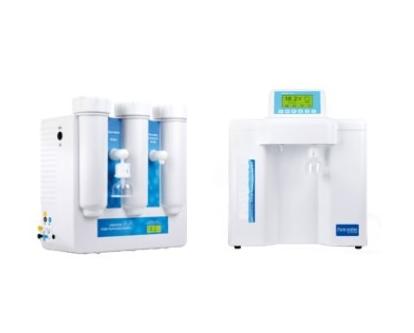
Understanding the Importance of Laboratory Water Purification Systems
In laboratory settings, water quality is of paramount importance. Impurities in water can interfere with chemical reactions, affect the behavior of biological specimens, alter analytical results, and even compromise the integrity of sensitive instruments. For this reason, laboratories invest in water purification systems that can remove a wide range of impurities to ensure the success of experiments and analyses.
The Different Grades of Laboratory Water
Laboratory water purification systems produce water of different grades, each tailored to meet specific applications’ requirements. The most common grades include Type I, Type II, and Type III water:
- Type I water: Ultra-pure water used in critical laboratory applications, such as high-performance liquid chromatography (HPLC), mass spectrometry, and molecular biology. It has the lowest levels of impurities and is free from contaminants that could interfere with sensitive instruments.
- Type II water: Highly purified water suitable for general laboratory applications, such as buffer preparation, cell culture, and microbiology. It has lower resistivity and fewer impurities compared to Type III water.
- Type III water: Also known as general laboratory water, it is used for applications that do not require high water quality standards, such as rinsing glassware or feeding autoclaves.
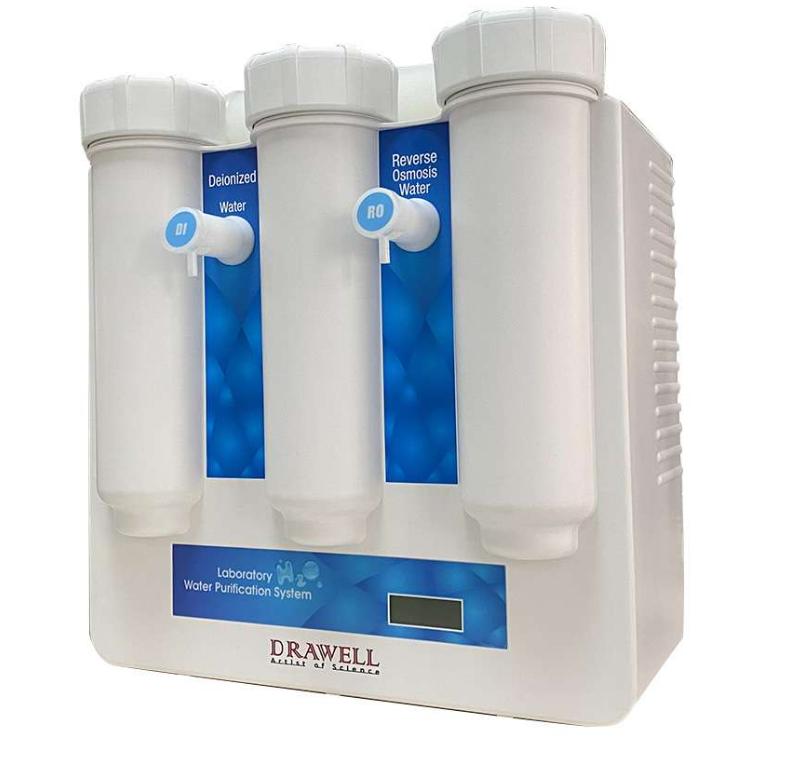
Purification Technologies Used in Laboratory Water Purification Systems
- Reverse Osmosis (RO)
Reverse Osmosis is one of the primary methods used in laboratory water purification systems. This process relies on a semi-permeable membrane that allows water molecules to pass through while rejecting dissolved salts, ions, heavy metals, and larger particles. The impurities are flushed away, leaving behind purified water with reduced conductivity and a high degree of purity.
- Deionization (DI)
Deionization is instrumental in removing charged ions, such as calcium, magnesium, sodium, and other dissolved inorganic ions from the water. The process involves ion-exchange resins that attract and bind the ions, replacing them with hydrogen and hydroxyl ions to produce purified water with a low ionic content.
- Distillation
Distillation is a time-tested method that involves boiling water to separate it from impurities, including bacteria, viruses, heavy metals, and volatile organic compounds (VOCs). As the water vaporizes, it leaves behind contaminants, and then, it condenses back into liquid form, resulting in highly purified water.
- Activated Carbon Filtration
Activated carbon filtration is effective in removing organic compounds, chlorine, some heavy metals, and volatile chemicals from the water. The water passes through a bed of activated carbon, where impurities are adsorbed and trapped within the carbon’s porous structure, yielding cleaner and safer water.
- Ultrafiltration (UF)
Ultrafiltration utilizes a membrane with tiny pores to remove larger particles, colloids, bacteria, and some viruses from the water. The membrane selectively blocks impurities based on their size, allowing purified water to pass through.
- UV Irradiation
UV irradiation is a reliable method for disinfecting water by inactivating or killing bacteria, viruses, and other microorganisms. The UV light damages the genetic material of these organisms, preventing their replication and ensuring the water’s microbiological purity.
- Electrodeionization (EDI)
Electrodeionization combines ion-exchange resins and electricity to remove ions and improve water quality. The process continuously regenerates ion exchange resins using an electric field, providing a steady supply of purified water with minimal ion content.

The Step-by-Step Process in Laboratory Water Purification Systems
The purification process in lab water purification systems typically involves multiple stages to achieve the desired water grade:
- Pre-Filtration: The water passes through pre-filters to remove larger particles, sediments, and debris that could clog or damage the subsequent purification stages.
- Reverse Osmosis (RO): The water is forced through a semi-permeable membrane, blocking dissolved ions, salts, and larger molecules from passing through.
- Deionization (DI): Water from the RO stage is further purified using ion-exchange resins to remove remaining ions.
- Distillation (Optional): Some lab water purification systems include a distillation step to remove volatile impurities and microorganisms.
- Activated Carbon Filtration (Optional): Water may pass through activated carbon filters to eliminate organic compounds and chlorine.
- Ultrafiltration (Optional): Ultrafiltration can be employed to remove remaining particles and microorganisms that might have passed through earlier stages.
- UV Irradiation (Optional): UV light may be used to disinfect the water and inactivate any remaining microorganisms.
- Final Polishing: The purified water undergoes a final polishing step to ensure compliance with the desired water grade.
Monitoring and Quality Assurance of Laboratory Water Purification Systems
Lab water purification systems often include monitoring sensors to assess water quality at various stages of the purification process. Some systems may also provide data logging capabilities to track water purity over time. Periodic testing and quality control measures are essential to ensure the system operates optimally and consistently produces water of the required grade.
Conclusion
Lab water purification systems play a vital role in providing researchers and scientists with high-quality purified water necessary for various laboratory applications. By employing a combination of technologies, such as reverse osmosis, deionization, distillation, activated carbon filtration, ultrafiltration, and UV irradiation, these systems effectively remove impurities, contaminants, and microorganisms. The result is water of different grades, from ultra-pure Type I water for critical experiments to general laboratory Type II and Type III water for everyday applications. With the continuous advancement of purification technologies, laboratories can expect even higher standards of water quality, enhancing the accuracy and reliability of scientific research and analyses.

